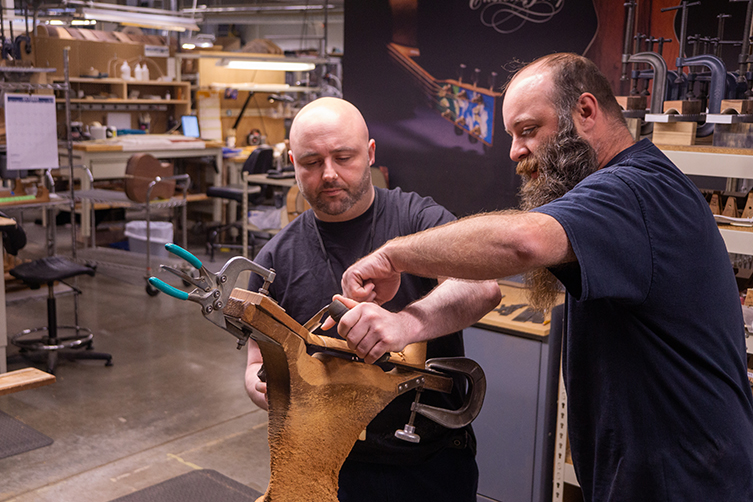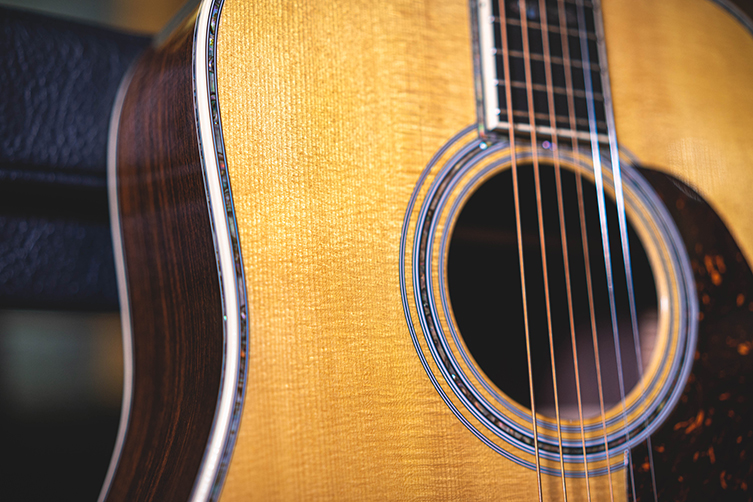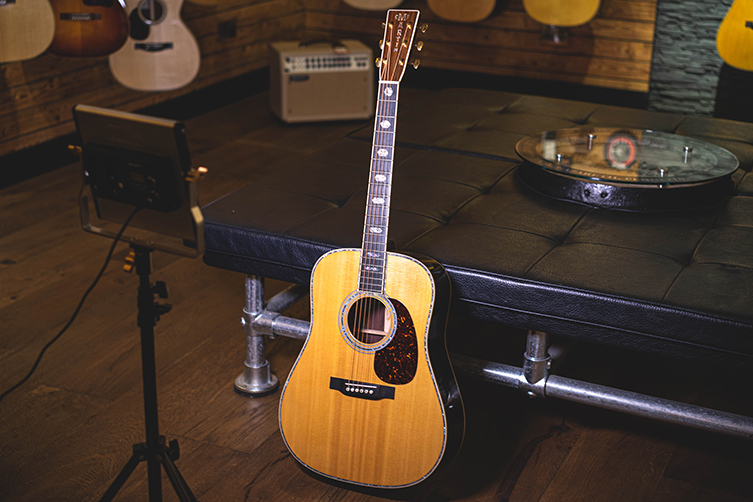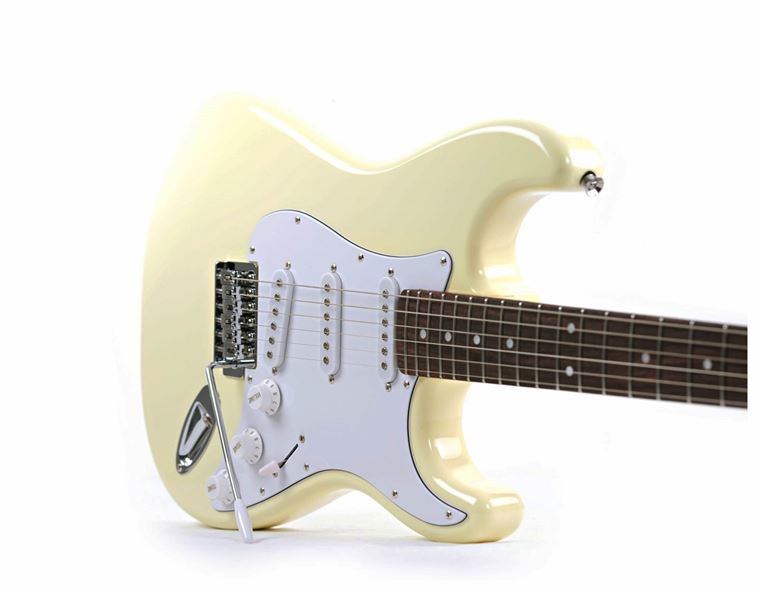Martin D28 vs Martin D45: The Ultimate Comparison Guide
Published on 25 March 2022
There’s a handful of companies and names that come to mind that have earned a place on the “guitar mount rushmore”.
If we are talking acoustic guitars, Martin is surely near the top.

A Brief History of Martin
Established all the way back in 1833, Martin famously developed the worlds first dreadnought acoustic guitar, which undeniably changed the face of music forever.
Famously played by nearly every big name in guitar, all the way from Willy Mason to Ed Sheeran, it’s rare to watch a musical performance and not see a Martin hanging out on stage.
The innovations and history of Martin is fascinating, especially with a roster full to the brim of famous models. We are however, going to spend a little time comparing two of these.

Martin D-28 & D-45
Let’s get the similarities out the way first:
Spec wise, the D-28 & D-45 share several features. Both have all solid constructions with Sitka Spruce tops and East Indian Rosewood back & sides (a combination so effective and inovative that has become an insustry standard with acoustic builders all over the wolrd). Both guitars are dreadnought shapes that join the neck at the 14th fret, known as a D-14 shape, with the Martin Dovetail neck joint. They share the same scale length, same neck…so what’s different?
.jpg)
On surface level, the D45 has a lot more going on in the looks department than the D28. Abalone has been added to the inlays, sound hole, neck, front and back body binding - all handlain, which gives it an incredible look that would stand out in any situation. Martin pride themselves on the handcrafted details of their guitars, and the Abalone is no different! Each part needs to be cut and shaped to fit into the small recesses of the binding or inlay. It can be very time consuming: up to 20 hours can be spent placing all these delicate pieces together!

Under the hood is potentially where the biggest differences comes.
Martin Guitar Bracing
Not only inventing the dreadnought body shape, Martin has another achievement to be proud of: they invented X frame bracing.
A quick explanation of bracing…

The bracing of an acoustic guitar is the struts of wood that are secured to the underside of the guitar's top. These provide essential structural support to the guitar, but more importantly, they determine how much the top will vibrate and help shape the core sound.
On the D28, we have Martin's famous “X bracing” (technically it’s called “forward shifted X-bracing” which was a refinement Martin made with their own system) providing all the support and flexibility for that solid spruce top. With the D45, Martin has what’s known as “Scalloped Bracing” supporting its top. Essentially, this means the builders have cut away parts of the braces, allowing for a much more flexible top, changing how the guitar reacts when played and in most cases, changing how the guitar sounds and “feels” (feel used in a subjective, audible way). This is much more significant than some players realise.

Now of course, this isn’t to say that one is better than the other. After all, the D28 is one of the most recorded and used acoustics on the planet! Certainly on looks alone, the D45 will have its own fanbase who prefer a much more prestigious looking acoustic.

If you are ever considering either one of these guitars, the best thing to do would be to get both in your hands and see which works best for your situation. Whichever you choose, you won’t be disappointed!











